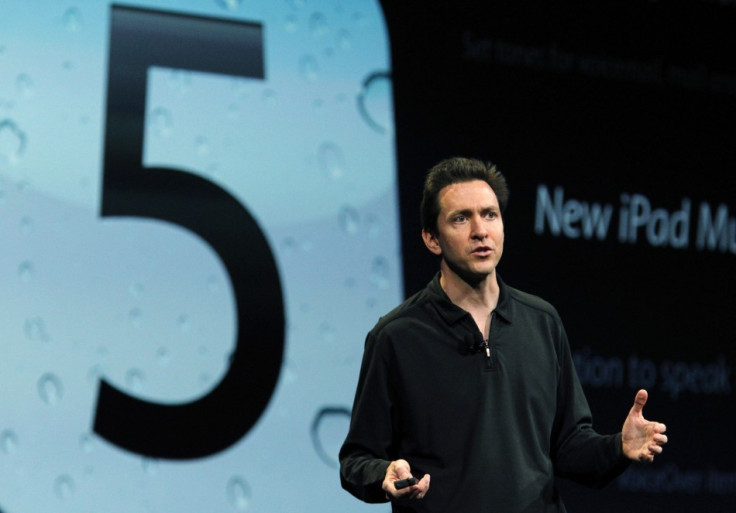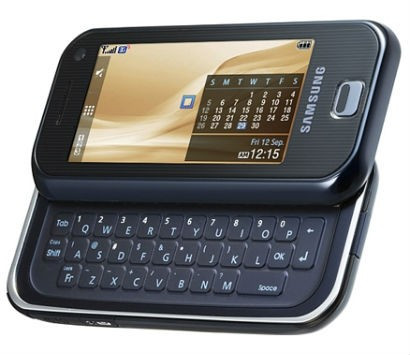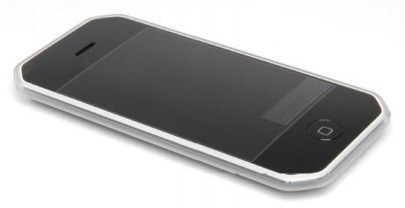Five Things We've Learned From Week One of Apple vs Samsung
We look at the interesting information which has trickled out of the San Jose courtroom as the patent battle between Apple and Samsung heats up.

In what has become a real-life version of the game Risk, Apple and Samsung are fighting patent battles across the globe, attempting to secure domination in the hugely lucrative smartphone market.
The trial in the US which began last week in a San Jose courtroom is the most high profile of all, with billions of dollars of damages at stake. It will set the tone for the rest of the battles around the globe, and will determine if Apple's claims to have copyright on the look and feel of the iPhone and iPad are valid.
The first week has thrown up some really interesting details which we normally would not have learned, specifically relating to the ultra-secret process behind the development of the iPhone and iPad.
Here are five of the most interesting things we've learned from week one of the patent trial between Apple and Samsung.
1. How Project Purple Became the iPhone
The iPhone turned five years old earlier this summer, but Apple had been working on the new phone was for a long time before Steve Jobs took the stage at Macworld on 9 January, 2007 to show off the original iPhone to the world.

This week we got some more insight into the development process from Scott Forstall, currently head of iOS at Apple. Forstall told the nine person jury that Steve Jobs came to him in 2004 and asked him to build the software which would run on the iPhone or Project Purple as it was then known.
Jobs ordered him to only recruit from within Apple and considering Apple had never built a phone before, "this was a real challenge," according to Forstall. Jobs told him to find "superstars" from within Apple, but that he couldn't tell those recruited what they were working on or who they were reporting to.
Once recruited however, security was a huge issue for Apple, with one building at the company's Cupertino headquarters locked down, with security passes having to be shown up to six times, and cameras covering everyone's movements.
Those recruited were told: "If you choose to accept this role, you will work harder than you ever have in your entire life." Recruits were told they would be expected to give up nights and weekends for a couple of years.
2. Samsung is pinning all its hopes on the F700
Apple is asserting that Samsung "slavishly copied" the look and feel of the iPhone and iPad with its Galaxy range of smartphones and tablets. Samsung denies this, and was hoping to use a phone it designed in 2006, ahead of the launch of the iPhone, in its defence.

The F700 was a smartphone with a slide-out QWERTY keyboard but ahead of the trial beginning, Judge Lucy Koh denied Samsung permission to use the evidence. However this didn't stop Samsung's lead counsel, John Quinn from "begging" the Judge on Monday morning to reconsider her decision.
Denied once again, Quinn took things into his own hands and released the information it would have shown the jury to the media. As you can image this did not go down well with Apple or Judge Koh.
Apple called for serious sanctions, claiming the move polluted the jury, but Koh refused to sanction Samsung this time, but added a warning: "I will not allow any theatrics or sideshow distract us from what we are here to do."
The whole episode shows just how important Samsung sees the introduction of the evidence related to the F700, and it did everything this week to make sure as many people as possible got to see what it wanted them to see.
3. Apple spends a lot on marketing
Phil Schiller, Apple senior vice president of worldwide marketing, was one of the first people to give evidence at the trial and he revealed some interesting details about the amount of money the company spends on marketing and advertising its iPhone and iPad.
In its fiscal year 2008, Apple spent $97.5m (£62.5m) on iPhone ads in the US alone. That figure climbed to $149.6m in 2009 and reached $173.3m for all of fiscal 2010. On the iPad, the company spent $149.5m in 2010.
However, when you consider that the iPhone is the single most important product in Apple's range, and is currently generating $100bn in revenue per year, the spending on ads in the US seems rather insignificant.
4. What the iPhone could have looked like
One of the most interesting aspects to emerge from the trial, was contained in documents filed with the district court in San Jose. In these documents Apple revealed prototype iPhones and iPads which it developed before ditching them in favour of the final designs.
One image of an iPhone prototype shows Apple did flirt with the idea of making the original iPhone boxy and silver, looking more like the iPhone 4 than the original iPhone. However Apple went for rounded corners and even considered a rounded back too - one design even showing a rather bulbous mound on the rear.

One of the designs for the original iPhone show it having a design similar to the current generation of Nokia Lumia smartphones, particularly the Lumia 800 and Lumia 900, featuring a curved side edges.
The iPad prototypes include one from before the beginning of the iPhone development and features a design without a home button. Apple was developing a tablet computer before the company's board decided that a touchscreen phone and iPod should be given preference.
5. How Apple designers think and work
The first witness in the dock last week was long-time Apple industrial designer, Chris Stringer, who gave a rare insight into how Apple designers think and work.
Stringer told the jury that a group of 15 or 16 designers will sit around a kitchen table discussing various aspects of the design of a range of Apple products. "We'll sit there with our sketch books and trade ideas," Stringer said. "That's where the really hard, brutal honest criticism comes in."
The next step sees the group puts the sketches into a computer-aided design (CAD) program and, if the design is deemed worthy, the group will create a physical model. "Our role is to imagine products that don't exist and guide them to life," Stringer said.
Stringer reports to Apple's design chief Jonny Ive, who was recently knighted here in the UK, and it was revealed that the group of designers at Apple is involved in the design of every single Apple product.
Speaking about the various concept designs for the iPhone, Stringer said they had abandoned later prototypes in favour of an early design. "We found something more beautiful," Stringer said, adding that Apple decided to revisit an earlier look, something the company often does.
© Copyright IBTimes 2025. All rights reserved.






















